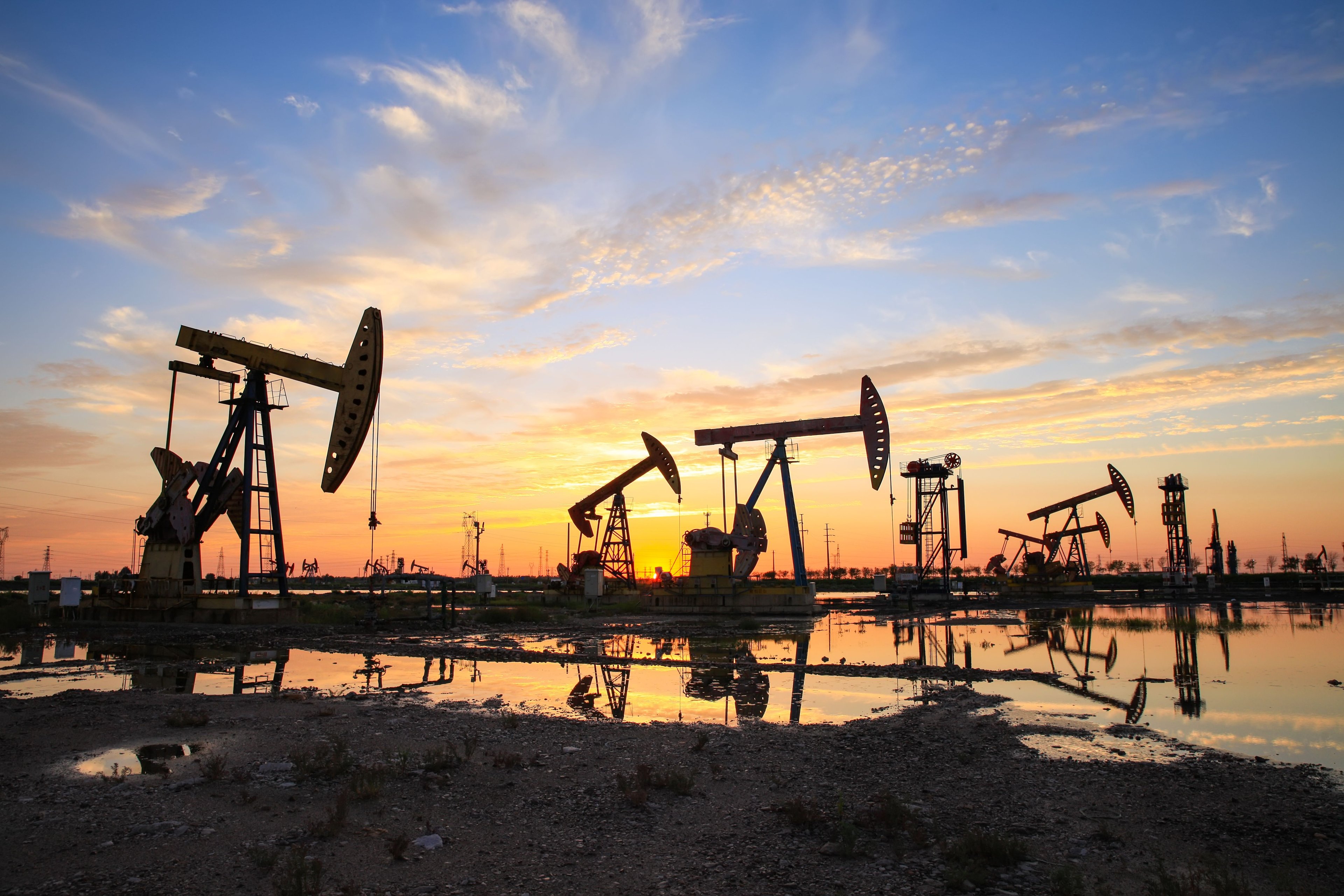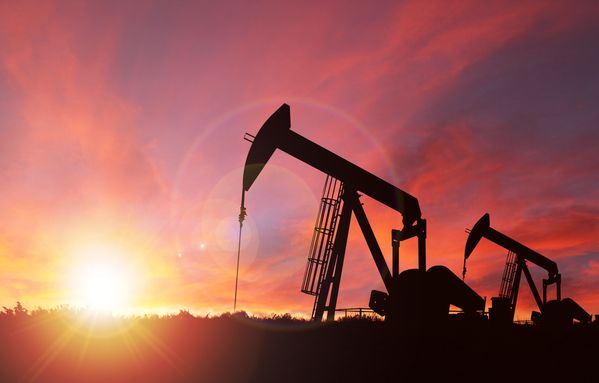Shares of oil and gas drilling services provider Helmerich & Payne, Inc. (HP 2.48%) fell hard in 2017, continuing the malaise that's been in place since oil prices started to fall in mid-2014. But there are positive signs taking shape that point to a brighter future for this high yielder, even if the market is still showing signs of concern. Here's why 2017 was a year to remember for Helmerich & Payne, despite a weak stock price.
Still disciplined
One of the first things to note about Helmerich & Payne is the financial foundation on which it's built. For example, it has an impressive current ratio of around 3.6 times. And the company's debt to total capitalization ratio is roughly 10%, among the lowest of its peer group. Although Helmerich's ability to support its 4.8% dividend yield is worrisome when you consider the industry's troubles of late, it appears to be on far more solid footing than Nabors Industries' (NBR 1.99%) 4.2% yield, which comes with a debt to total capitalization ratio of more than 55% and a lower current ratio of 1.4.

Image source: Getty Images.
Helmerich & Payne hasn't lost its financial footing despite a very difficult market for oil and gas services companies, but the company still felt the pain of the downturn. When oil companies stop drilling, Helmerich's rigs don't get used. That means less revenue and lower earnings.
Helmerich & Payne earned $6.44 a share in fiscal year 2014. That fell to $3.85 in 2015, with the company bleeding red ink in each of the last two fiscal years. Maintaining a strong balance sheet is what allowed Helmerich to withstand such downturns so it can emerge as a stronger competitor when the cyclical industry it competes in picks up again.
Gaining ground
The good news is that demand for the company's rigs picked up materially throughout fiscal year 2017. In the fourth quarter of 2016 the company had 91 active rigs (up four from the low reached in the previous quarter). By the end of the fourth quarter of fiscal 2017, however, Helmerich had 191 rigs working -- more than twice as many. That's still well below the peak, but moving decidedly in a positive direction.
Helmerich & Payne has also gained around five percentage points of market share in the U.S. land drilling space since the 2014 oil price peak. That's partly because it owns one of the largest fleets of advanced alternating current rigs (called AC rigs in oil lingo), the most desirable in the industry because of their flexibility and efficiency. Helmerich entered the downturn as the market share leader in the U.S. land space, and will exit the downturn with an even stronger position. That adds an important dimension to the increasing active rig count.

Helmerich & Payne's market share gains trounce the competition. Image source: Helmerich & Payne, Inc.
The ongoing red ink is largely because of the costs related to restarting rigs and relatively low contract terms due to the drop in demand after oil started to plunge. However, even here there's some good news. Management expects the amount it earns per rig (its average rig margin) to increase 40% between 2018 and 2020. So times are tough, but Helmerich looks like it has set up a brighter future based on the new contracts it's been signing.
Will the dividend hold?
When you look past the stock price and earnings to examine the fundamentals underpinning Helmerich & Payne's business, it looks like fiscal year 2017 was an inflection point and that the future will be much brighter. In CEO John Lindsay's words, "[W]e believe we can continue to fund the dividend for the foreseeable future." That's just one more positive takeaway for investors who've stuck it out with this high-yield oil and gas services company.





